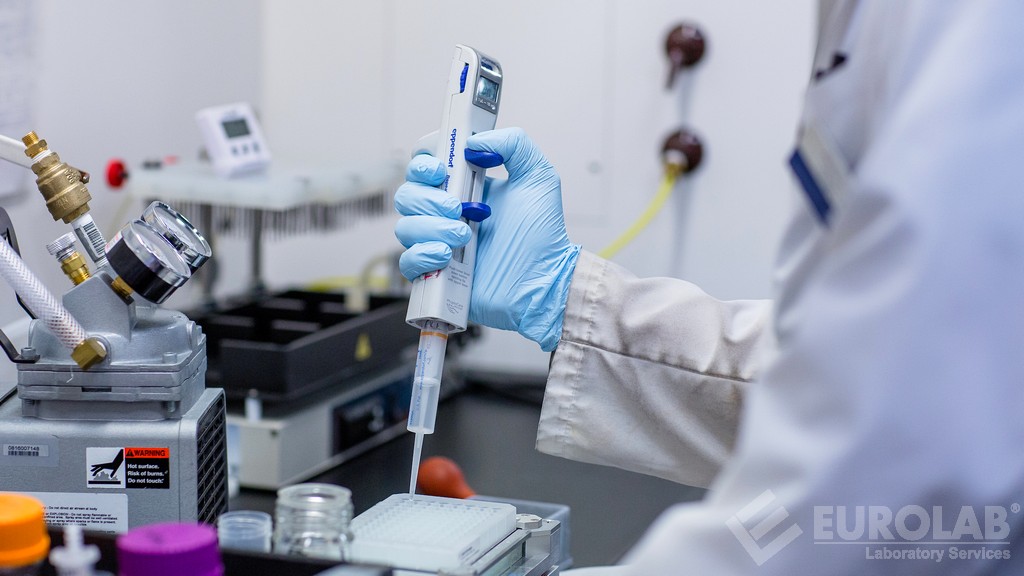Snack Food Solvent Residue Testing
Solvent residue testing is a critical process in ensuring that snack food products are safe and meet regulatory standards. This service involves analyzing the presence of solvents or residual chemicals left behind during manufacturing processes, packaging, or storage. These residues can be harmful if they exceed permissible limits set by international standards such as ISO 21746:2008.
For quality managers and compliance officers in the snack food sector, solvent residue testing is essential for maintaining product integrity and consumer safety. R&D engineers benefit from this service to fine-tune production processes, while procurement professionals can use it to ensure suppliers meet stringent standards before finalizing contracts.
The primary purpose of this test is to identify any solvents or residues that might have migrated into the snack food during processing. These residues could include volatile organic compounds (VOCs) like benzene and toluene, which are known carcinogens if ingested in high quantities. By detecting these residues early on, manufacturers can take corrective actions immediately.
The testing process typically involves taking samples from different batches of the same product line. These samples undergo rigorous analysis using analytical techniques such as gas chromatography-mass spectrometry (GC-MS). GC-MS is chosen for its precision and ability to differentiate between various compounds even at trace levels.
Once analyzed, results are reported back to stakeholders involved in quality assurance. Reports include detailed information about detected residues, their concentrations, and whether they fall within acceptable limits according to relevant regulations like EU regulation (EC) No 1935/2004 on materials and articles intended to come into contact with foodstuffs.
A key aspect of solvent residue testing lies in understanding the potential sources of contamination. Common sources include packaging materials, processing equipment, adhesives used during production, and storage containers. Each source presents unique challenges that require specific knowledge about how best to address them without compromising product quality.
Understanding these sources also helps manufacturers implement effective preventive measures aimed at minimizing the risk of introducing harmful substances into their products. This might involve changing packaging materials or updating cleaning protocols for production lines.
Scope and Methodology
| Aspect | Description |
|---|---|
| Sample Collection | Randomly selected samples are taken from various batches of the snack food product. |
| Analytical Techniques | The primary technique used is gas chromatography-mass spectrometry (GC-MS). |
| Acceptance Criteria | Residues must not exceed the limits set by EU regulation (EC) No 1935/2004. |
Benefits
- Ensures compliance with international standards and regulations.
- Reduces the risk of product recalls due to safety issues.
- Improves brand reputation by demonstrating commitment to quality.
- Aids in continuous improvement of production processes through early detection of contaminants.
- Promotes customer trust and satisfaction, enhancing market competitiveness.
Quality and Reliability Assurance
Our laboratory adheres strictly to international standards such as ISO 21746:2008 when conducting solvent residue tests on snack food products. This ensures that our results are accurate, reliable, and comparable across different batches or locations.
We maintain state-of-the-art equipment calibrated regularly by certified personnel. Our team of experienced chemists uses advanced analytical techniques to ensure precise measurements every time. Regular audits conducted internally and externally further reinforce this commitment towards maintaining high standards of quality and reliability.





